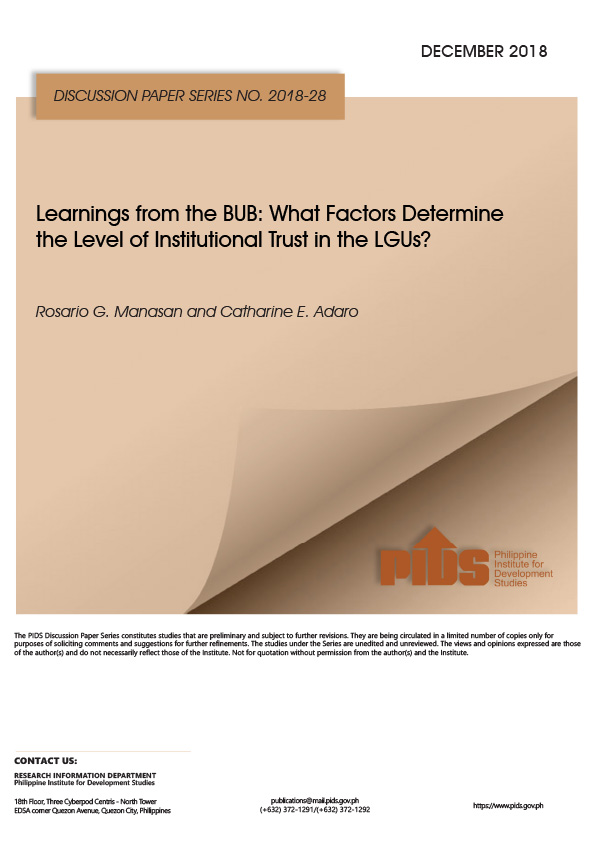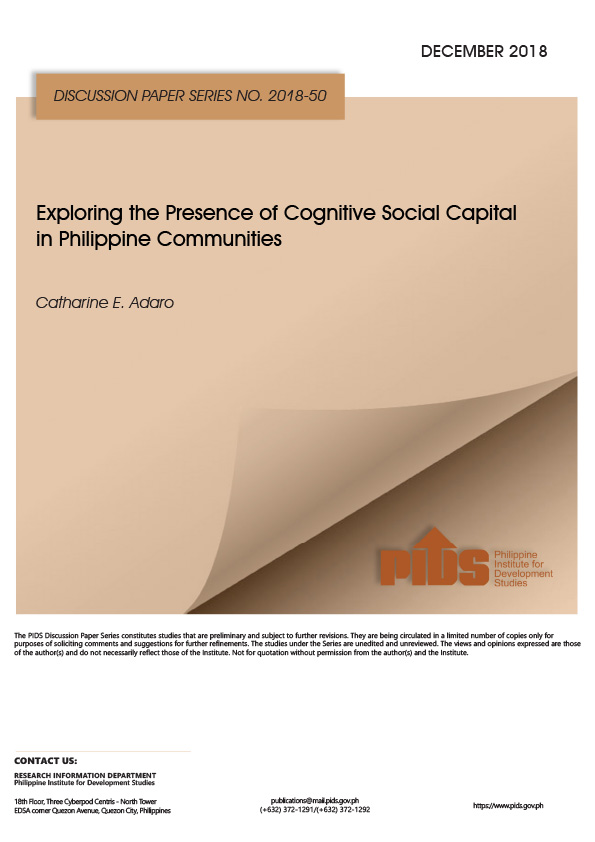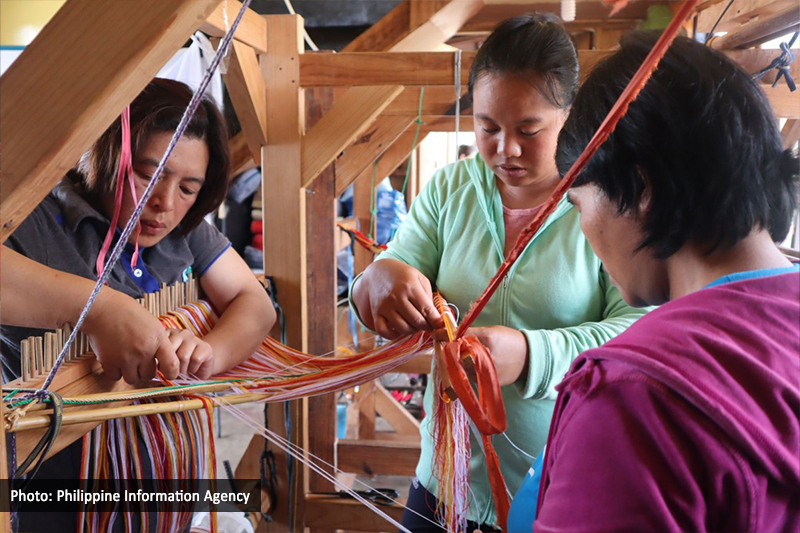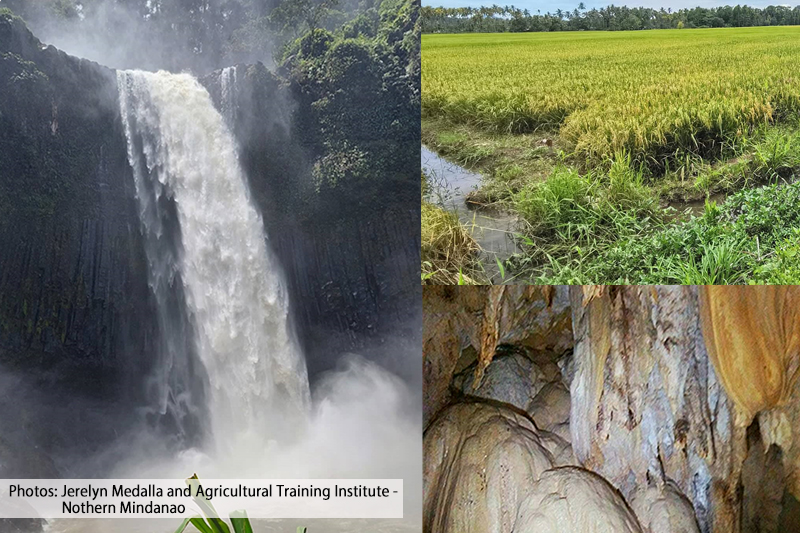This paper presents a synthesis of four case studies of watershed management experiences in the Philippines, primarily to provide insight on why watershed management approach has not gained wider recognition in the country despite being renowned internationally. A brief description was presented for each case study involving the watersheds of Maasin, Magat, Manupali, and Balian sub-watershed to account for their critical role as water supply support systems to downstream communities. It provides highlights on various initiatives undertaken by the Local government Units, NGOs, private sector etc. in their effort to protect these watersheds from environmental degradation. The case studies have shown that the effective implementation of watershed management requires some level of financial capital, a community or group of communities with good enough level of intellectual and social capitals, and the presence of a legal and institutional framework to support the watershed approach. The level of these various forms of capital vary across watershed, thereby leading to differences in the level of watershed management implementation as well. The study also puts forward the need for payments of environmental services as previous initiatives undertaken by national forest protection programs and other community-based livelihood activities and reforestation projects are just short-lived management initiatives.













